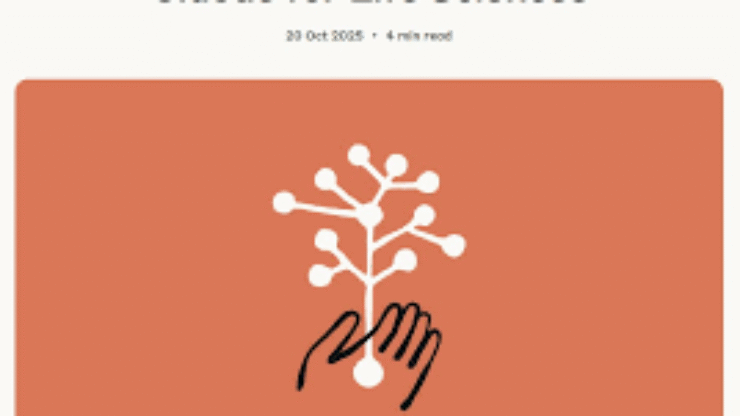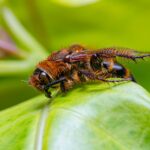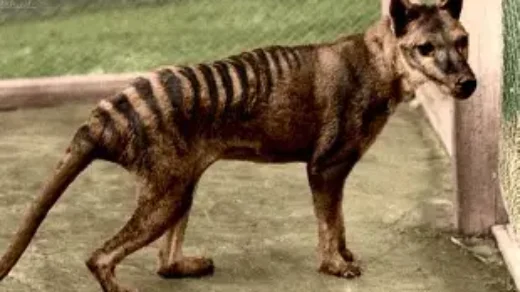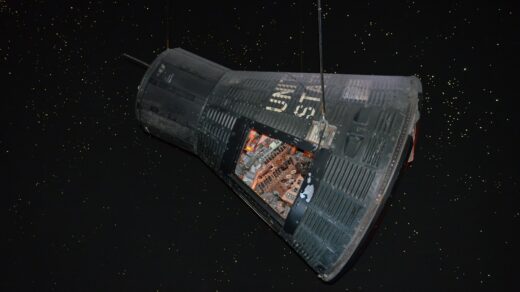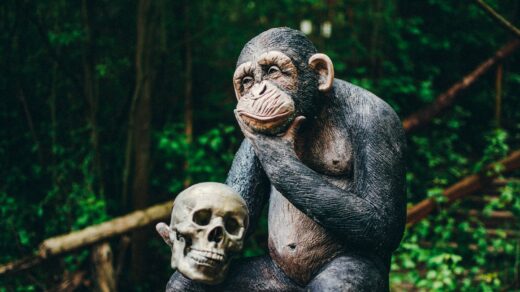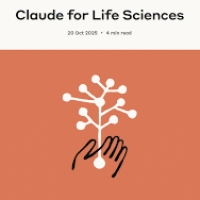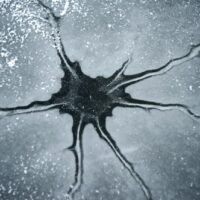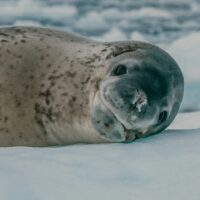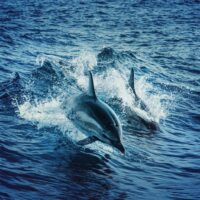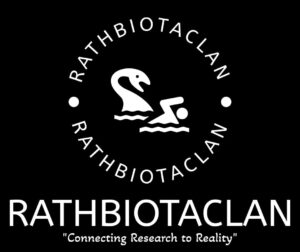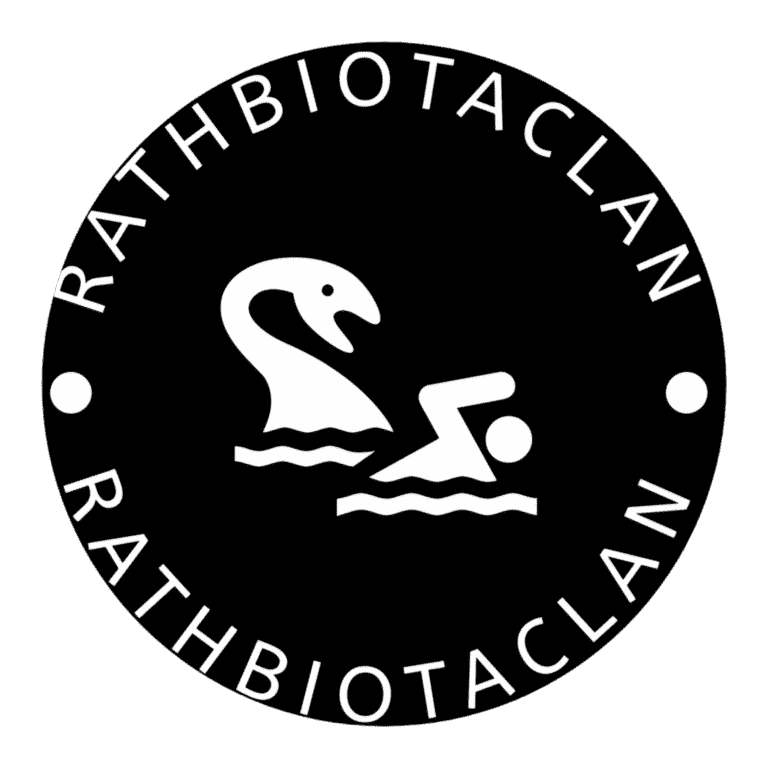The launch of Claude for Life Sciences (CLFS) represents Anthropic’s first formal, dedicated entry into the life sciences sector. It signals a strategic commitment to transforming scientific research and development. Anthropic built the new offering around existing Claude models. However, it integrates specific tools and performance enhancements for the highly specialized environment of biology, medicine, and R&D.
Strategic Investment and Vision
Anthropic views accelerating scientific progress as a core part of its public benefit mission. The company’s focus on the life sciences runs deep. Founders and leaders cite biology as the primary area of excitement. They are most eager to apply frontier AI for beneficial use cases in this field.
The leadership team includes Eric Kauderer-Abrams, Anthropic’s Head of Biology and Life Sciences. They assert that the goal is to make Claude central to the industry. They aim for a “meaningful percentage of all of the life science work in the world to run on Claude,” mirroring its current role in coding. This launch follows the hiring of Kauderer-Abrams. He calls this the “threshold moment” for a significant investment in this space.
Anthropic’s philosophy centers on empowering the individual scientist. It aims to build tools that enhance productivity and delegate burdensome tasks (“grunt work”). This makes the experience of conducting science more engaging.
Anthropic is not focusing solely on exciting early-stage discovery problems like molecule design. Instead, the company is taking a holistic approach. This approach addresses the entire spectrum of tasks, from initial discovery through development and commercial translation.
Core Functionality and Efficiency Gains
Scientists previously used Claude for isolated tasks, like summarizing papers or statistical coding. However, Anthropic designed CLFS to support researchers across virtually every stage of discovery.
The platform can assist with a variety of time-consuming tasks:
- Literature and Hypothesis Generation: Claude can summarize and cite biomedical literature, helping researchers generate testable ideas.
- Protocol and Documentation: Using connectors like Benchling, Claude can draft standard operating procedures (SOPs), study protocols, and consent documents.
- Bioinformatics and Data Analysis: Scientists can leverage Claude Code to process and analyze genomic data. It presents results in various formats, including code notebooks and slides.
- Clinical and Regulatory Compliance: The AI is capable of compiling compliance data and drafting or reviewing regulatory submissions.
Real-world applications demonstrate significant efficiency gains. In one prerecorded demo, a scientist used CLFS to compare preclinical study designs. They queried data directly from Benchling to generate summaries and tables suitable for regulatory submission. Anthropic noted this type of analysis traditionally required “days” of compiling and validating information. Now, scientists can accomplish it in minutes. Similarly, Schrödinger reports using Claude Code to achieve up to a 10x speed increase in some cases. They can turn ideas into working code in minutes instead of hours.
Technical Advancements and Agent Capabilities
Anthropic has rolled out enhanced performance models and new agentic capabilities to meet the rigorous demands of life sciences research.
- Claude Sonnet 4.5: Anthropic describes the latest model as “significantly better” at life sciences tasks. It is the first Anthropic model to undergo extensive scientific training. Critically, Sonnet 4.5 demonstrated superior performance on key benchmarks. On Protocol QA (testing understanding of laboratory protocols), Sonnet 4.5 scored 0.83. This score surpasses the human baseline of 0.79 and the previous model Sonnet 4’s score of 0.74. The model also showed improvement on BixBench for bioinformatics tasks. Its ability to execute long horizon tasks involving sequences of tool calls has seen a major jump. This capability is essential for complex bioinformatics pipelines.
- Agent Skills: This feature allows Claude to follow specific procedures consistently and predictably. It uses structured instructions, scripts, and resources. Anthropic developed
single-cell-rna-qcas the initial scientific skill. This skill performs quality control and filtering on single-cell RNA sequencing data according to best practices.
Ecosystem Integration and Partnerships
A key element of CLFS is the integration of Connectors. These allow Claude to access and utilize platforms commonly used in labs and R&D. Anthropic designed these integrations to support the scientific workflow from beginning to end.
New scientific connectors include:
- Benchling: Allows Claude to respond to queries with direct links back to original experiments and records.
- 10x Genomics: Facilitates single cell and spatial analysis through natural language queries, thereby lowering the barrier for new users.
- PubMed: Grants access to millions of clinical studies and biomedical research articles.
- BioRender: Connects Claude to a comprehensive library of vetted scientific figures, templates, and icons.
- Synapse.org: Enables scientists to analyze and share data in public or private projects.
- Scholar Gateway (Wiley): Provides access to authoritative, peer-reviewed scientific content.
Anthropic built these upon existing integrations with general tools like Google Workspace and Microsoft platforms. They also built on large data platforms like Databricks and Snowflake.
Anthropic has also established an extensive network of consulting and cloud partners to drive adoption. These include Caylent, KPMG, Deloitte, AWS, and Google Cloud. Existing partners, such as Sanofi, are already seeing efficiency gains. They use Claude paired with internal knowledge libraries in their Concierge app. Komodo Health noted that their partnership delivers auditable solutions for regulated environments. It transforms analytical workflows that previously took weeks into actionable intelligence in minutes.
Future Outlook and Commitment to Responsibility
Anthropic recognizes that transforming R&D requires tackling the most expensive parts of the discovery process “piece by piece.” They do not expect AI to eliminate physical research limitations. The long-term vision involves evolving Claude into a “brainstorming partner” and “collaborator.”
Future priorities include:
- Enhanced Foundational Knowledge: Ensuring Claude possesses comprehensive knowledge bases, such as understanding organic chemistry structure and protein structural biology.
- Automated Experimentation: Anthropic is developing Claude’s capability to design, protocol, and ultimately execute experiments in the lab. This is a critical step for closing the loop and enabling the desired acceleration in R&D.
- Active Learning: This involves utilizing “lab in the loop” processes. These processes will facilitate active learning directly from high-throughput biological measurements, moving beyond data curated by humans.
Finally, Anthropic stresses the importance of safety and responsibility. They note that this concern is part of the company’s “DNA.” They emphasize the need to align the model’s increasing capabilities with biosecurity best practices and responsible scaling policies. This ensures the transformation happens ethically and reliably. Such an approach is critical for the highly regulated life sciences environment.

